The history of pasta in Italy and all you need to know about pasta! or Nothing says Italy like its food, and nothing says Italian food like pasta. Pasta is an integral part of Italy’s food history. Wherever Italians immigrated they have brought their pasta along, so much so today it can be considered a staple of international cuisine. Unlike other ubiquitous Italian products like pizza and tomato sauce, which have a fairly recent history, pasta may have a much older pedigree, going back hundreds -if not thousands- of years. Unraveling the long and often complex history of this dish we have to look at its origins and some of the myths surrounding it.
The history of Pasta in Italy
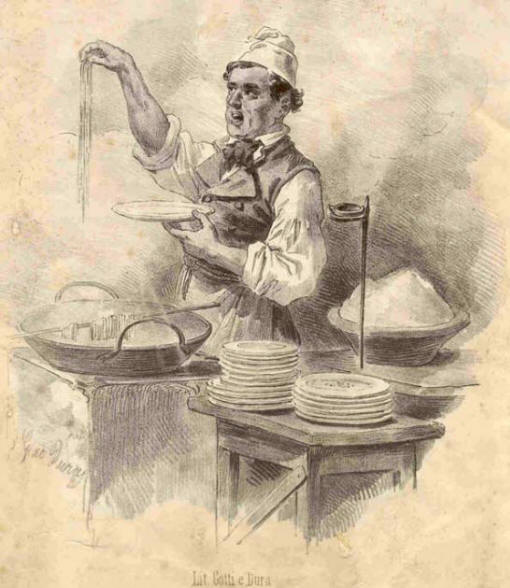
What do you need to know about the history of Pasta in Italy? Many school children were taught that the Venetian merchant Marco Polo brought back pasta from his journeys to China (along with gelato, some believed…). Some may have also learnt that Polo’s was not a discovery, but rather a rediscovery of a product once popular in Italy among the Etruscans and the Romans. Well, Marco Polo might have done amazing things on his journeys, but bringing pasta to Italy was not one of them: noodles were already there in Polo’s time.
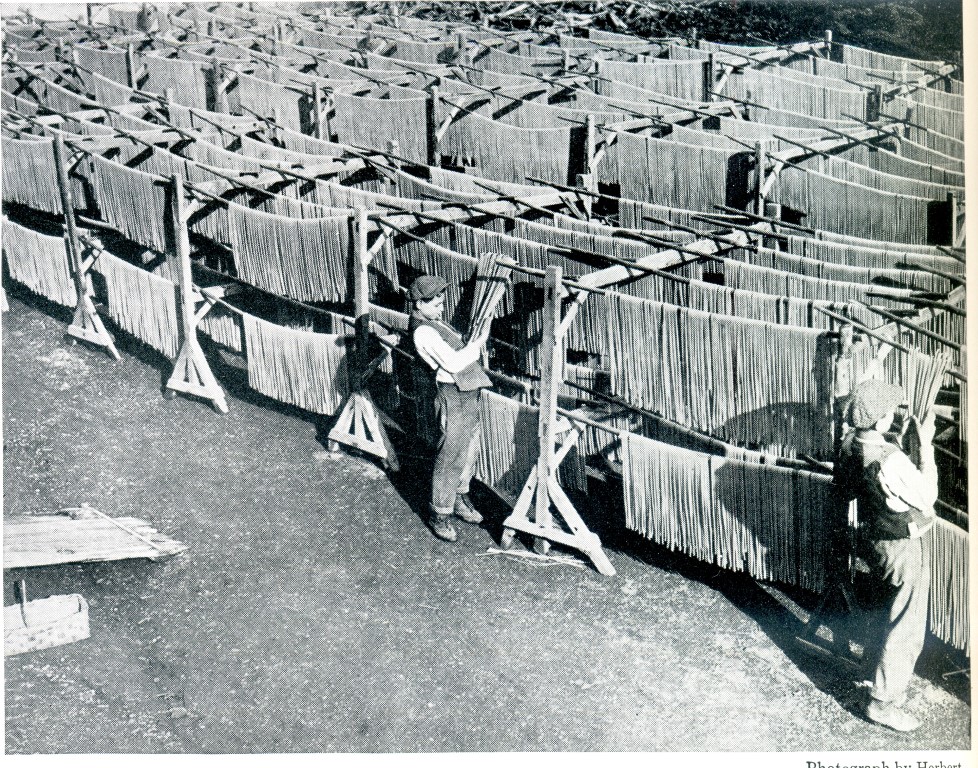
There is indeed evidence of an Etrusco-Roman noodle made from the same durum wheat used to produce modern pasta: it was called “lagane” (origin of the modern word for lasagna). However, this type of food, first mentioned in the 1st century AD, was not boiled, as it is usually done today, but oven-baked. Ancient lagane had some similarities with modern pasta, but cannot be considered quite the same. The country will have to wait a few centuries for its most popular dish to make a further culinary leap forward.
Like so much of southern Italian life, the Arabic invasions of the 8th century heavily influenced regional cuisine. Today, the presence of Arabic people in the south of the peninsula during the Middle Ages is considered the most likely reason behind the diffusion of pasta.
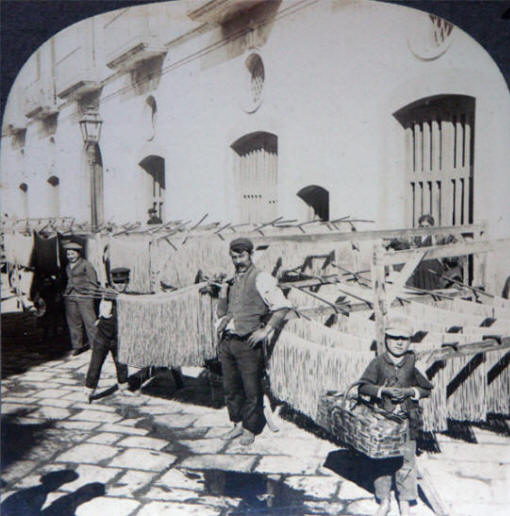
The modern word “macaroni” derives from the Sicilian term for kneading the dough with energy, as early pasta making was often a laborious, day-long process. How these early dishes were served is not truly known, but many Sicilian pasta recipes still include typically middle eastern ingredients, such as raisins and cinnamon, which may be witness to original, medieval recipes.
This early pasta was an ideal staple for Sicily and it easily spread to the mainland since durum wheat thrives in Italy’s climate. Italy is still a major producer of this hard wheat, used to make the all-important semolina flour. This is all part of the history of Pasta in Italy!
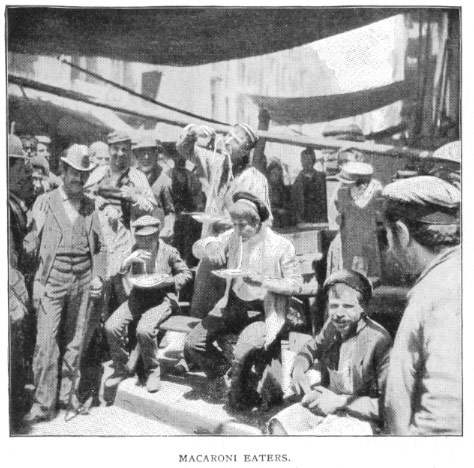
Let’s get deeper into the history of Pasta in Italy! By the 1300s dried pasta was very popular for its nutrition and long shelf life, making it ideal for long ship voyages. Pasta made it around the globe during the voyages of discovery a century later. By that time different shapes of pasta have appeared and new technology made pasta easier to make. With these innovations, pasta truly became a part of Italian life. However, the next big advancement in the history of pasta would not come until the 19th century when pasta met tomatoes.
Although tomatoes were brought back to Europe shortly after their discovery in the New World, it took a long time for the plant to be considered edible. In fact, tomatoes are a member of the nightshade family, and rumors of tomatoes being poisonous continued in parts of Europe and its colonies until the mid 19th century (check the history of tomato here). Therefore it was not until 1839 that the first pasta recipe with tomatoes was documented. However, shortly thereafter tomatoes took hold, especially in the south of Italy. The rest of course is delicious history.
Pasta Today – the history of Pasta in Italy
It is estimated that Italians eat over sixty pounds of pasta per person, per year easily beating Americans, who eat about twenty pounds per person. This love of pasta in Italy far outstrips the large durum wheat production of the country; therefore Italy must import most of the wheat it uses for pasta. Today pasta is everywhere and can be found in dried (pasta secca) and fresh (pasta fresca) varieties depending on what the recipes call for. The main problem with pasta today is the use of mass production to fill a huge worldwide demand. And while the pasta is made everywhere, the product from Italy keeps to time-tested production methods that create a superior pasta.
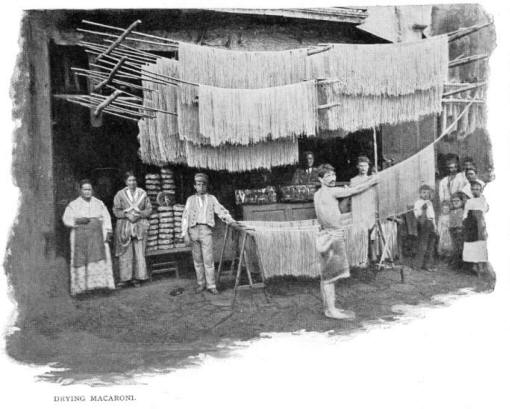
Italian Dried Pasta
As part of the history of Pasta in Italy, let’ see what you should know about the Italian dried pasta? There are roughly 300 different shapes and varieties of dried pasta in Italy, even more counting regional differences. Shapes range from simple tubes to bow ties (farfalle, which actually means “butterfly”), to unique shapes like tennis rackets (racchette). Many, but not all of these types, are usually available wherever pasta is made.
By Italian law, dried pasta must be made with 100% durum semolina flour and water, a practice that all but the worst quality pasta makers worldwide have since adhered to. However, there are two factors in dried pasta from Italy that make it typically better than most other products: extrusion and drying methods.
Dried pasta, especially the more complex shapes (such as radiators) are designed for grabbing and holding onto sauces. Dried tube pasta (ziti or penne) often has ridges or slight abrasions on the surface to hold onto the pasta sauce as well. These ridges and bumps are created during the extrusion process when the pasta is forced from a copper mold and cut to the desired length before drying.
These molds, while expensive and prone to wear, are favored for making the best-dried pasta. However, most producers worldwide use steel molds that produce pasta that is too smooth to hold onto sauce. Fortunately, more pasta makers outside of Italy are starting to use the older style copper molds.
After the pasta is cut it must be dried using a process of specific temperature and time. This is another area where mass-produced pasta falls short of good Italian pasta made the correct way. The mass-produced kinds of pasta are dried at very high temperatures for a shorter time than quality pasta.
Traditional pasta is allowed to dry slower, up to 50 hours at a much lower temperature. It is after the pasta is fully dried that it is packaged. The result is a product with a much better mouth-feel, quicker cooking time, and superior sauce-holding noodles.
Italian Fresh Pasta
Another important side of the history of Pasta in Italy is the Italian fresh pasta! Essentially all pasta starts out as fresh pasta but some is made to be eaten “soft”. Fresh pasta can be made with slightly different ingredients than the dried variety. Many northern regions of Italy use all-purpose flour and eggs while southern Italy usually makes theirs from semolina and water but it depends upon the recipe.
Serving pasta that is made fresh that day shows a great deal of care in preparation and a high level of pride in the household’s culinary skills. However fresh pasta is not inherently better than dried pasta, it is just different and is used in different situations. Some types of pasta are served only fresh, others only dried and some others can have fresh and dried versions. It is in this case that it can be argued that fresh is better than dried pasta.
Fresh pasta has been made in households throughout Italy for generations but the region of Emilia-Romagna has the reputation of making the best. Here fresh pasta is often served with cream sauces or a simple sauce of butter and sage while light tomato sauces are reserved for the summer months. Following the simple but important rule of using fresh local ingredients, the Piedmontese serve their fresh pasta with a butter sauce covered with slices of decadent local black truffles. Wherever you are in Italy, being served fresh homemade pasta is a real treat as you can be assured that the pasta was made that day and will have a taste that will make you rethink notions of what good pasta is.
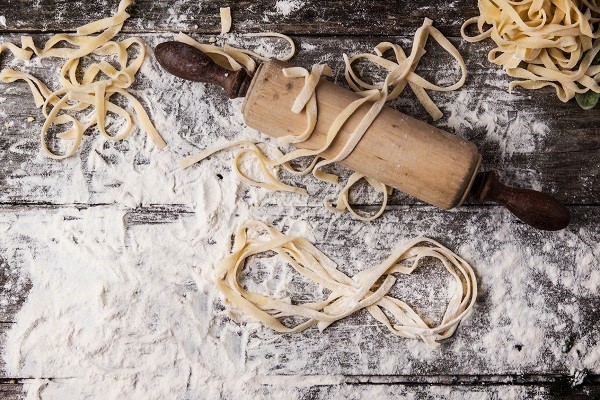
Buying and Cooking Pasta
After the lessons on the history of Pasta in Italy, let’s see how to buy and cook pasta the right way! When buying either fresh or dried pasta, look for a well-made brand that uses the best ingredients such as only semolina flour for dried pasta. The pasta should have a rough surface and not be too smooth, as smooth pasta will not hold onto the sauce. The noodles should be compact and heavy for their size in order to stay together when cooking.
Remember to stay away from mass-produced cheap pasta, you will just be disappointed come dinnertime. For fresh pasta look for the expiration date on the package and take a good look at the pasta. If it looks cheap then it probably is, if the pasta feels heavy in the package and has a nice color and texture it is worth buying. Many Italian bakeries and groceries also make fresh pasta that will be better than anything you could find at a supermarket and you may even get a family sauce recipe as well. However remember not to overcook your pasta, the world’s greatest sauce cannot save mushy pasta.
It cannot be stressed enough; cook pasta until it is al dente, firm to the teeth yet tender. Many Americans cook pasta until it is too soft, a minute or two less of cooking time will give you authentic Italian pasta. Fresh pasta will take even less time to be cooked to perfection. Another key to perfect pasta is to use a large cooking pot and plenty of water; this will stop the pasta from sticking and will also ensure every inch of pasta will be cooked through. Some may also want to cook the pasta in the sauce right away.
Don’t forget to add plenty of salt to the cooking water before adding the pasta, good pasta almost never has salt in it so this is the only time it can be seasoned. Some people add a little olive oil to the cooking water to stop the pasta from sticking and while that works for larger pasta like lasagna it is not necessary if you use a large pot, plenty of water, and remember to stir the pasta.
When draining the pasta remember to save about a cup of the water in the pot, this starchy water will add a little body to whatever sauce you choose. Never, ever rinse off the pasta after cooking unless you’re making pasta salad. Washing off all that starch and salt will kill any flavor your pasta once had.
When it comes to sauce it is really up to personal preference unless you are trying to follow a traditional recipe. A good rule is to remember simple pasta works best with simple sauces while complex-shaped pasta is ideal for thicker sauces. There is no shortage of great pasta and sauce combinations and each is worth trying. However, it is important that you use high-quality pasta cooked properly to ensure authentic flavor.
Wrapping up the history of pasta in Italy
As we’ve mentioned, pasta is one of the base food in Italy. Within this article, we wanted to show you everything that you should know about the history of pasta in Italy. How it started, evolved, and where is the pasta tradition now! If you’re looking for some great traditional Italian pasta dishes, or you want to know about the 10 secrets about Italian pasta, make sure to check these articles out!
By Justin Demetri
Read also:


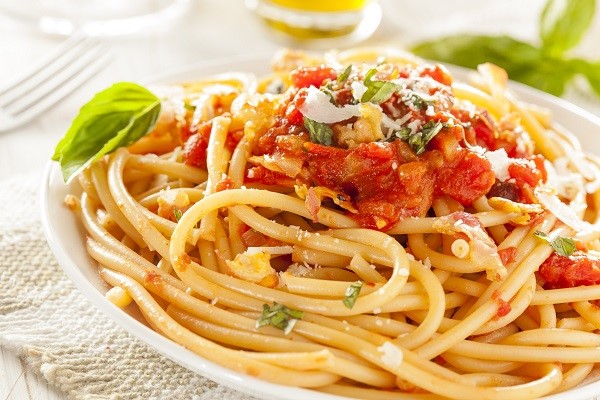
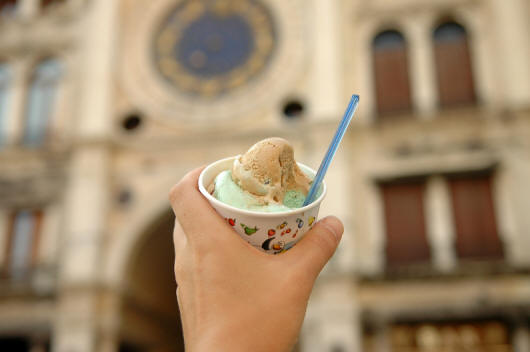

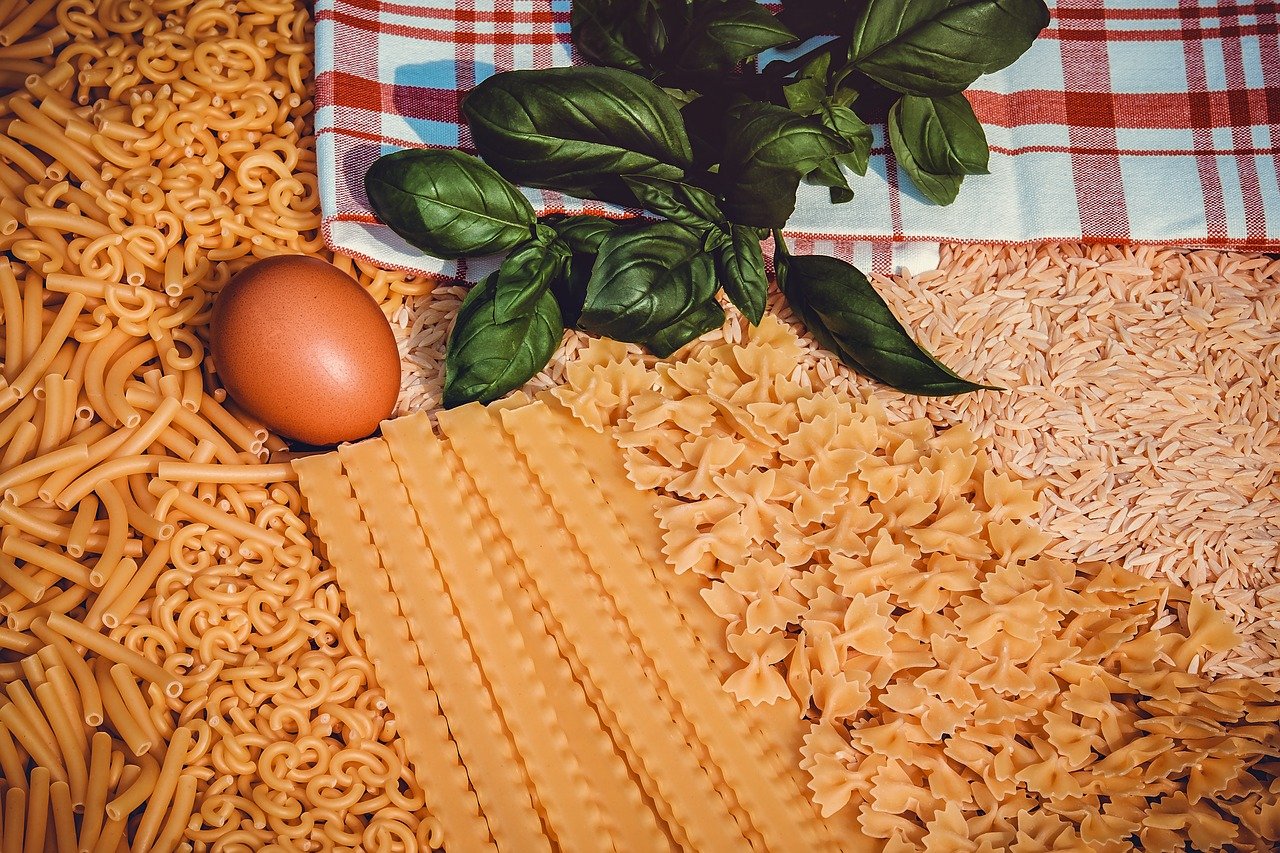
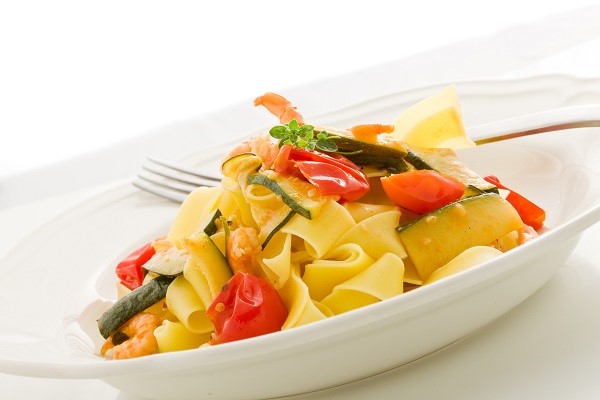









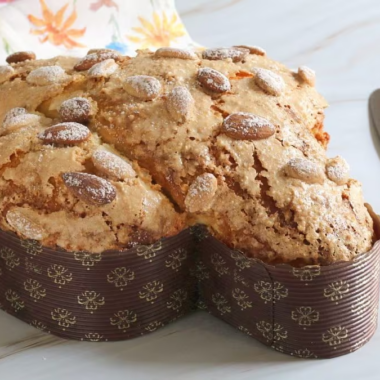
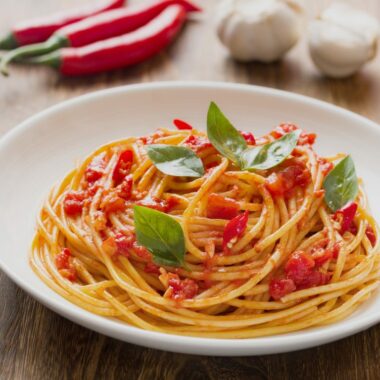
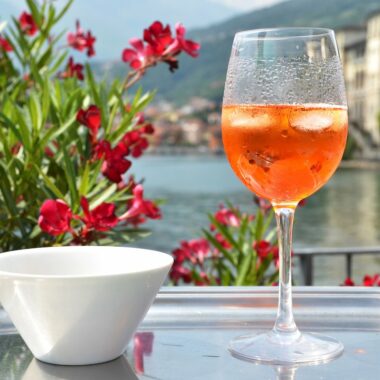
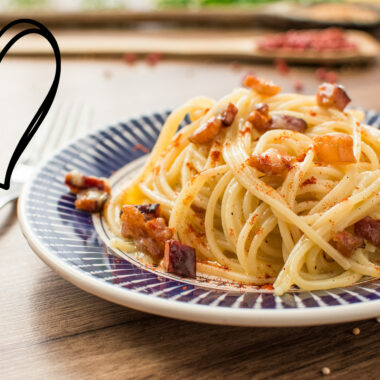

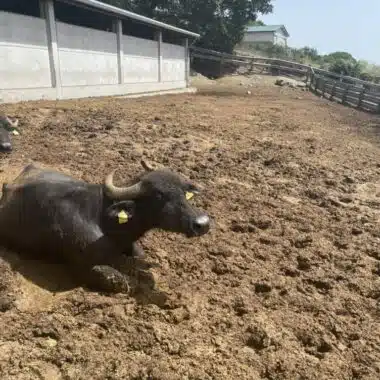

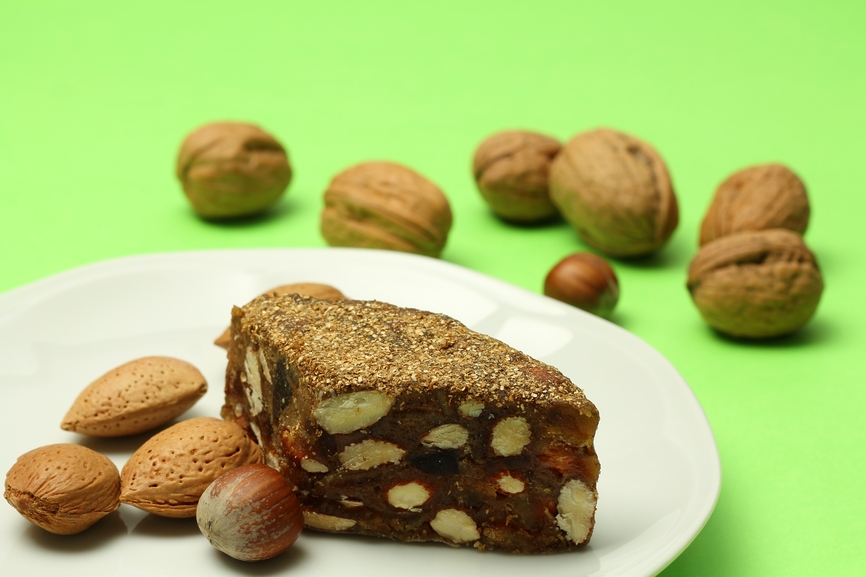
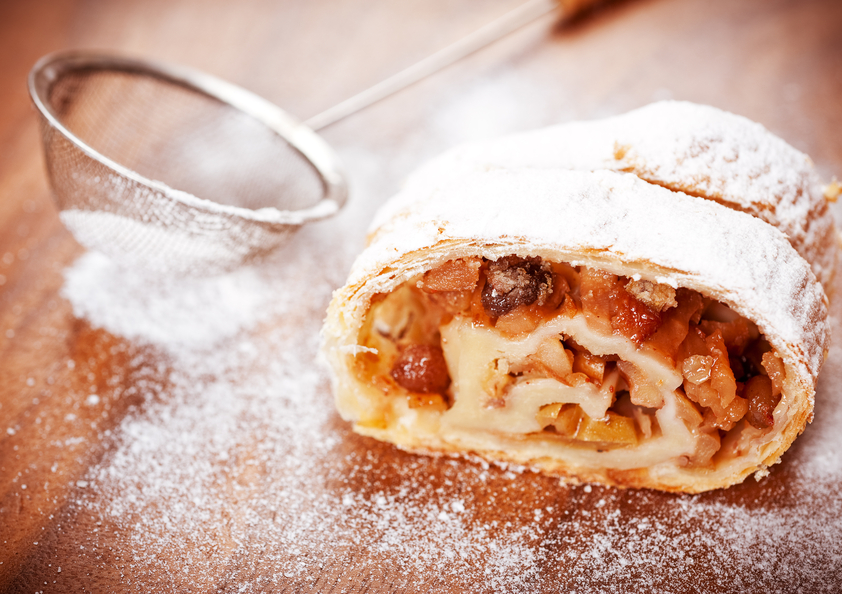
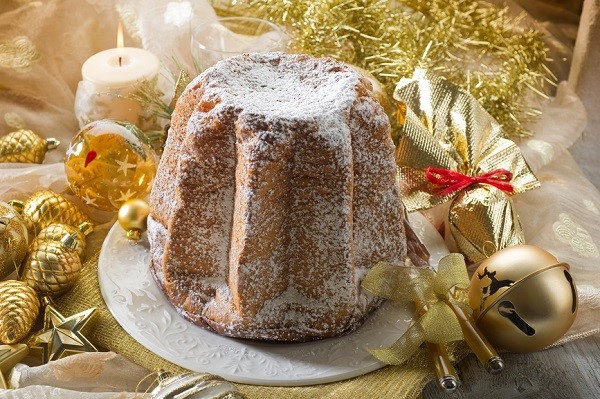
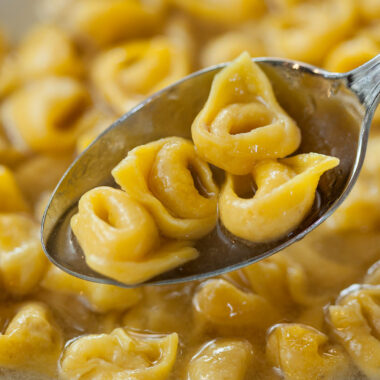
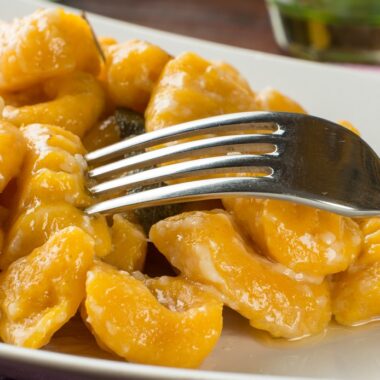


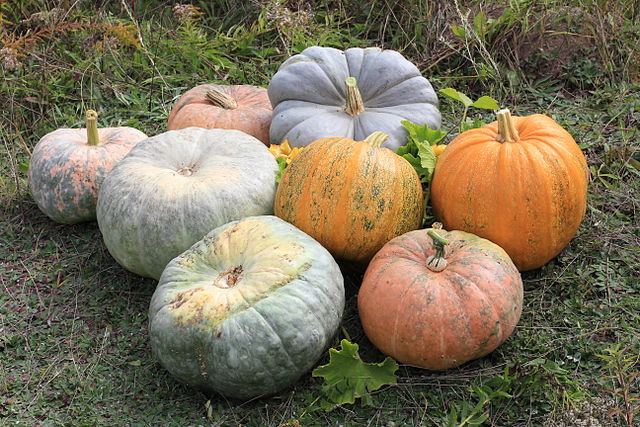
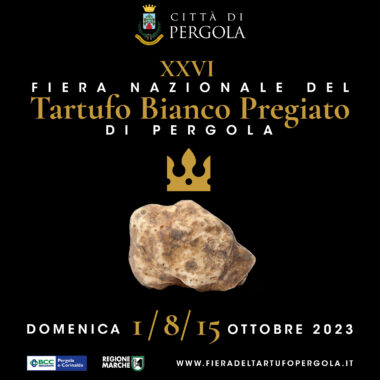

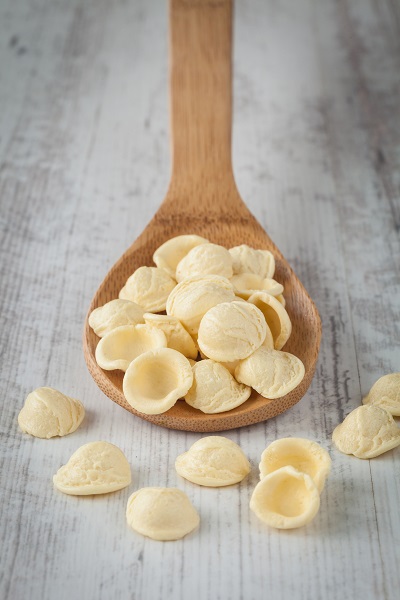
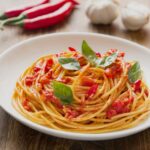
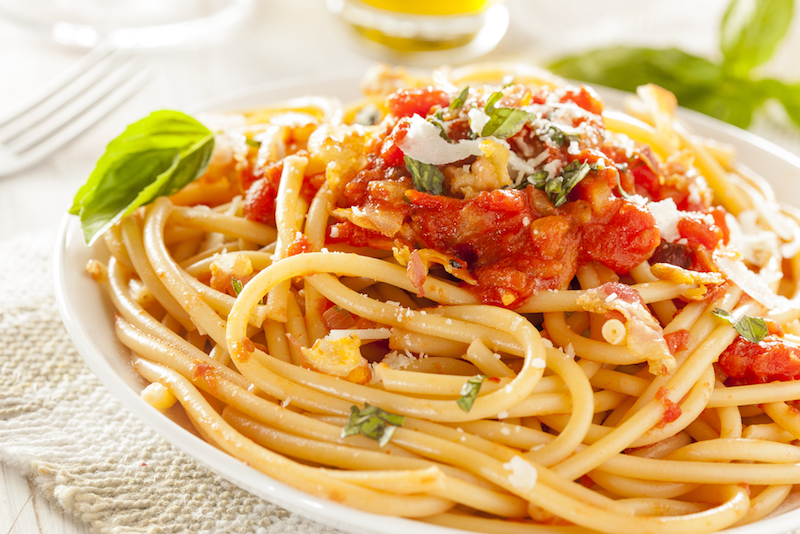
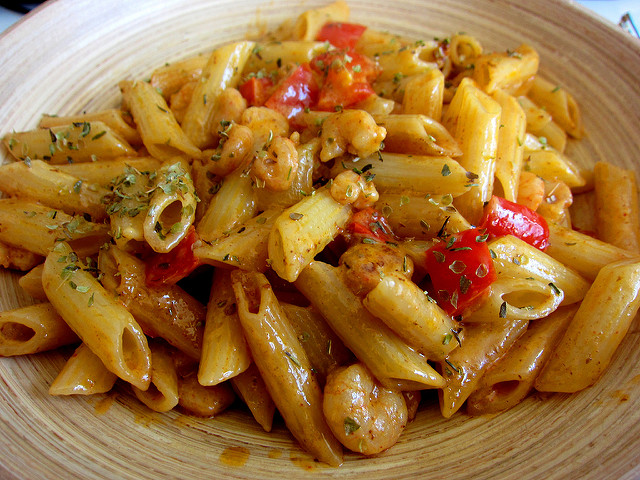
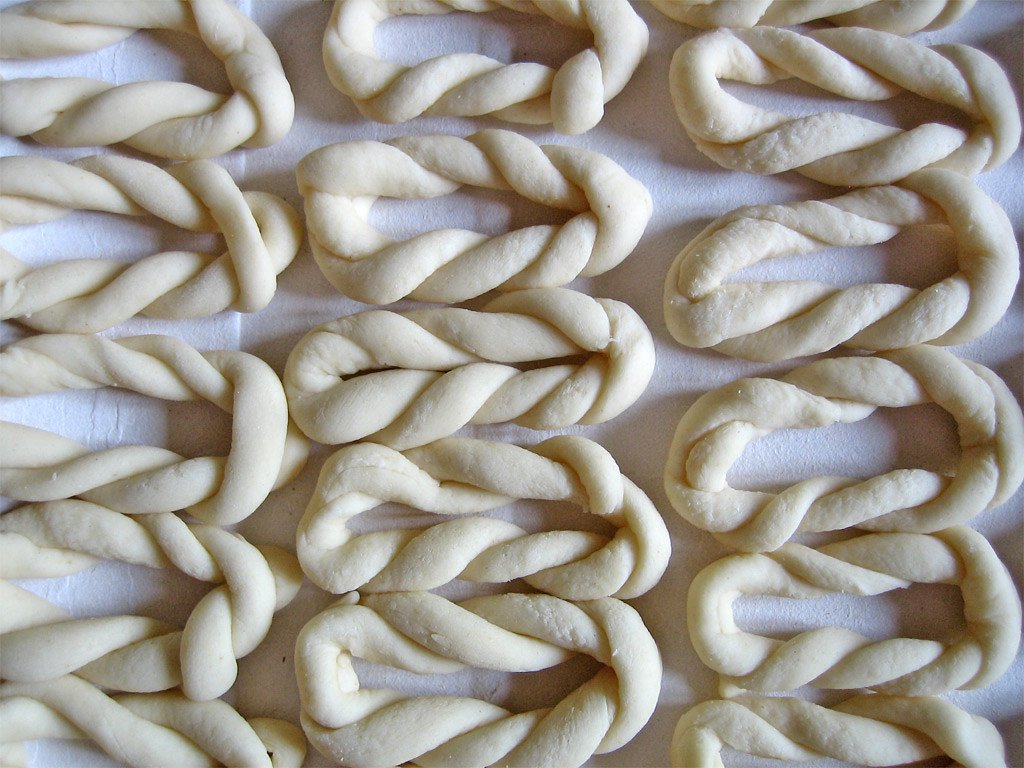
I love this article
potato
Thank you for the facts to know the identity of pasta
I add salt when cooking. This will prevented from sticking.
Well, I’ve actually witnessed adding oil to the water in Italy. It’s done when you are cooking for large groups of people, when you have a lot of pasta it’s easier for it to stick. Or simply someone has this habit.
Elisabeth. I will have to correct this article. You are right. I never seen adding olive oil in Italy and I think that even if the pasta would absorbs the oil in the water that would not be good. I remove the pasta a few minutes before it is done and then I add the pasta to the sauce and stir for a few minutes. That way the pasta absorbs the sauce – It is call “Mantecare la pasta” in Italian. I will have to correct the article, thanks for pointing that out
Love this article, but I disagree with one thing. I used to add olive oil to my pot of boiling water so the pasta wouldn’t stick (as you suggest), but a local pasta maker pointed out that usually the oil just floats to the surface and gets poured off when you drain the pasta. I watched this time and sure enough, it was expensive virgin olive oil down the drain. So now I just stir it to keep it from sticking!